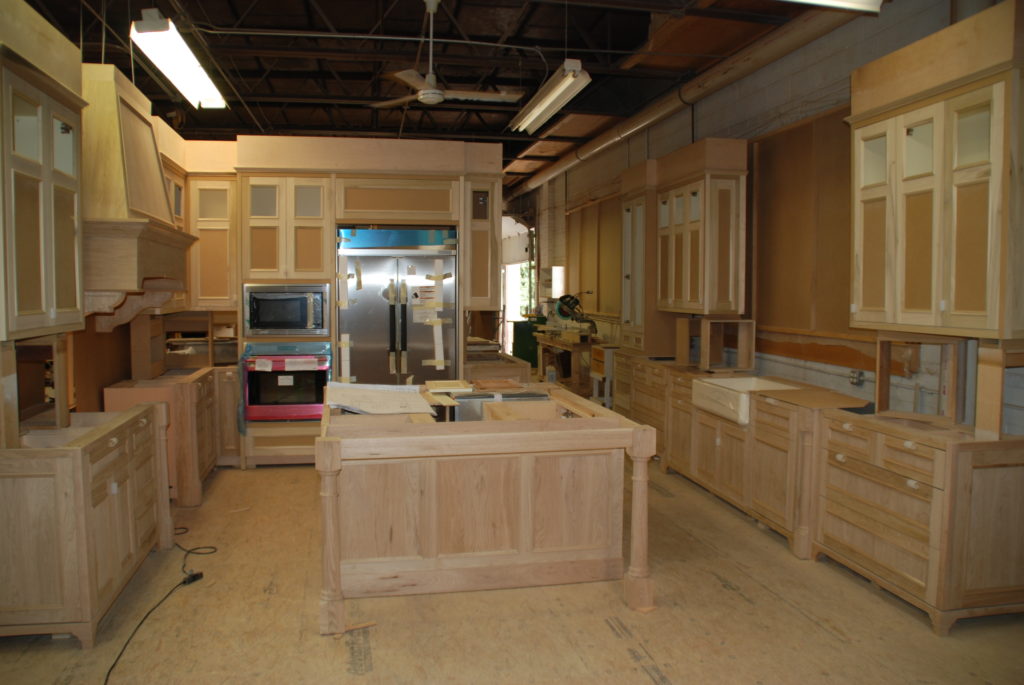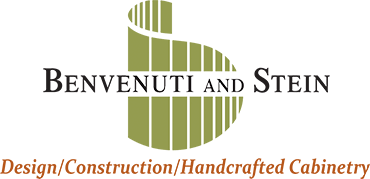ABOUT
Complimentary
Home
Consultation
Design Processes
Our design process is vital to the successful execution of a remodel or addition. Our design build model simplifies and smooths out the many complex issues. The following points highlight the key areas that make the design processes successful through our proven approach.
COMPLIMENTARY INITIAL CONSULTATION
We listen to your needs, thoughts, and desires and discuss the feasibility of your project. Our visit to review the existing conditions and an understanding of the project goals are needed to create a retainer amount that is required for the Preliminary Drawings to start. The retainer amount is documented on the Preliminary Design Agreement.
PRELIMINARY DESIGN
The preliminary drawings explore scenarios to achieve your project goals and are intended to graphically define the work scope for all the project participants. It is the only reliable way to set a working budget. The approved preliminary design scheme allows us to present you with a budget along with a time frame to complete the described work. Generally, at this stage, the budget is based on assumed mid-range pricing for materials, fixtures and finishes. Our goal is to have the Budget fall within 10% of the Contract price. Approval of the budget ends the preliminary design phase and begins the effort to complete Construction Documents. After the Budget has been approved, a second design agreement is presented to authorize creating the Construction Documents. Moving forward, any changes to the work scope or material selections at the higher price points can and will affect the Contract pricing.
CONSTRUCTION DOCUMENTS
During the Construction Document phase we develop the drawings, specifications and details that will be used to build the project budget and obtain a building permit. We also focus on making specific product and material selections so the budget pricing can be firmed up with subcontractors, suppliers etc. As needed, professional consultants will be utilized and a building permit will be secured.
SIGNING A CONSTRUCTION CONTRACT
The contract documents will include a Project Summary with detailed line item pricing which allows for a comprehensive overview of costs. The project summary helps to identify specific costs and product choices that may be reconsidered if there is any significant variation from the Budget pricing. At this time, we work through any price adjustments before we move to a construction contract.
THE WORK
When the contract is signed a schedule will be issued and the subcontracts will be signed. The site will be properly prepared to minimize any disruption the work will have on your daily routine.
Site maintenance and project management are an important aspect of a successful project. We will keep your project neat and tidy and inspect on a daily basis. Your Project Manager will meet with you and your designer or architect on a scheduled weekly basis to review progress made during the previous week and discuss work to occur in the coming week. Any outstanding items from previous meetings, changes being considered or adjustments to the schedule are also discussed at the meeting.
CUSTOM CABINETRY

Kitchen Cabinetry Staging
When a project schedule is produced it will include a timeline for cabinetry. The design drawings are precisely detailed by a shop draftsman to produce Shop Drawings for fabrication. All material choices and appliance selections must be made prior to Shop Drawings. When a project is built, we stage cabinetry in our shop to make sure everything fits to our precise tolerances. This will include fitting any appliances in place. We invite our clients to come in and view their staged project before it is disassembled and goes into finishing.
The finishing process could involve 5 to 25 steps depending on the desired look. We provide custom finish samples for our clients to approve. The shop schedule you receive will take into account the time involved based on the chosen finishing process. All of our cabinetry is meticulously wrapped and protected for shipping to your home.
PROJECT CLOSE OUT
During the course of the project we include periodic cleaning. At project completion, we provide a maid service and can offer other services you may require to transition back into your home. We will also provide documentation and maintenance information to help you become familiarized with your newly finished project.
See our list below for detailed information about the process.
- STEP 1: Programming - Project Definition Phase
This stage is where you decide what you want to actually build, the requirements that you want to meet, and how much you can afford. The number of rooms you want, the number of people that the design needs to accommodate, etc. should be decided upon. Make a priority list of the items you wish to include in the project and label them from the most important goal to the least important detail. As is sometimes the case, the budget you establish may not be enough to cover everything you wish to include, and this list will make it easier to decide what can be omitted to save money.
This is probably the most critical step in the design process as everything that follows will be built upon the information that is established at this early stage. Be frank about what you want, but also be prepared to explore new ideas. Establishing a clear program to follow will save time and money in the steps to follow.Preliminary Project Questionnaire is completed by Client
– Returned Questionnaires is reviewed by design staff
– Initial meeting: Design Staff meets with Client to discuss project
– Establish a Program: Scope of work, budget, goals
– Client supplies Plat of Survey and original house plans if available. - STEP 2: Site Analysis-Examine and Analyze Existing Conditions
In this step, the Design Team examines, documents and researches the existing conditions of the site. In a remodeling, this includes measuring and drawing the existing house,documenting its structure and researching the local Building Codes and Zoning Restrictions to establish what legal limitations are imposed upon the property. Before any design work is done, it is only logical to establish what you already own and what the local laws will permit you to do.
The information collected in this step is then added to the information gathered in the Programming Phase to develop a clear set of guidelines and design criteria that the Design Staff will use to develop possible schemes for your project.– Existing spaces are measured
– Space plans and elevations of existing conditions are prepared
– Applicable Local Codes are Zoning Ordinances are researched
– Collect, organize and evaluate all data collected from first two steps - STEP 3: Schematic Design - Rough Sketches
Once is has been established what it is you wish to build (and what the local Codes will allow you to build) the Design Team will do a series of rough sketches to propose possible solutions and alternatives to your specific design problem. These sketches will show the general layout and arrangement of rooms and of the site. Often times, several schemes are explored to ensure that all possible design options have been considered. These designs are then presented to the client and discussed, playing particular attention to the way different schemes meet the established Program. An initial cost estimate is also discussed, primarily based on the square foot estimates of the spaces desired.
It is during this stage of the design that changes or alterations to the proposed scheme are easiest to accommodate. That is the time to make sure that you understand everything presented and that you are satisfied with the design. If more than one design scheme is presented, select the one that you like the best, or suggest alterations to the scheme that
you would like the Design Team to develop. It is common for the initial sketches to be modified several times before the plan meets your final approval.– Rough sketches and plans are developed exploring design options
– Rough project estimate is developed
– Design team meets with client to discuss schemes - STEP 4: Design Development - Refining the Design
Design development is the stage in design where the preliminary rough sketches that have been approved by the Client are refined and developed. The plans are further refined as the interior and exterior elevations as well as the dections are drawn and detailed.
Cabinetry is designed, appliance and material selections are made and finished are chosen. In this stage, the mechanical, plumbing and electrical systems are also reviewed.This is the stage of the design process where the initial sketches come to life. The Client meets with the design team throughout this process, which can take several weeks or several months, depending on the size and scope of the project, as well as the speed at which Client decisions are made.
- STEP 5: Construction Documents
Construction Documents are the final graphical and written description of your project that will be used for building your project. All plans, details, specifications and selections are to be included in this set of documents.
During this phase, a set of Permit Documents is prepared (along with a Permit Application) and submitted to the local Building Department for review as proof of compliance with local codes as well as for legal permission to begin construction. A set of documents is also prepared for all subcontractors and consultants for review.
– Design Development drawings are refined for construction purposes
– Permit documentation and applications are prepared and submitted
– Bid documents are reviewed by subcontractors for pricing
– Shop drawings are prepared as needed for millwork and cabinetry - STEP 6: Bidding and Contract Negotiations
Once all of the documentation is completed, specifications and selections made and the bids from subcontractors are returned and reviewed, a final cost for construction will be developed. A detailed contract as well as a construction schedule will also be developed.
Once everything is approved by the Client and once we have received a Building Permit from the local Building Department, the project is ready for constructionDesign Fee Structure
The Design Fee is based upon a percentage of the total construction cost. Please note that Design Fees are not part of the Construction Cost and are invoiced separately.
A retainer is required prior to beginning the Schematic Design phase of the project. This retainer is applied to the total Design Fee of the project.

